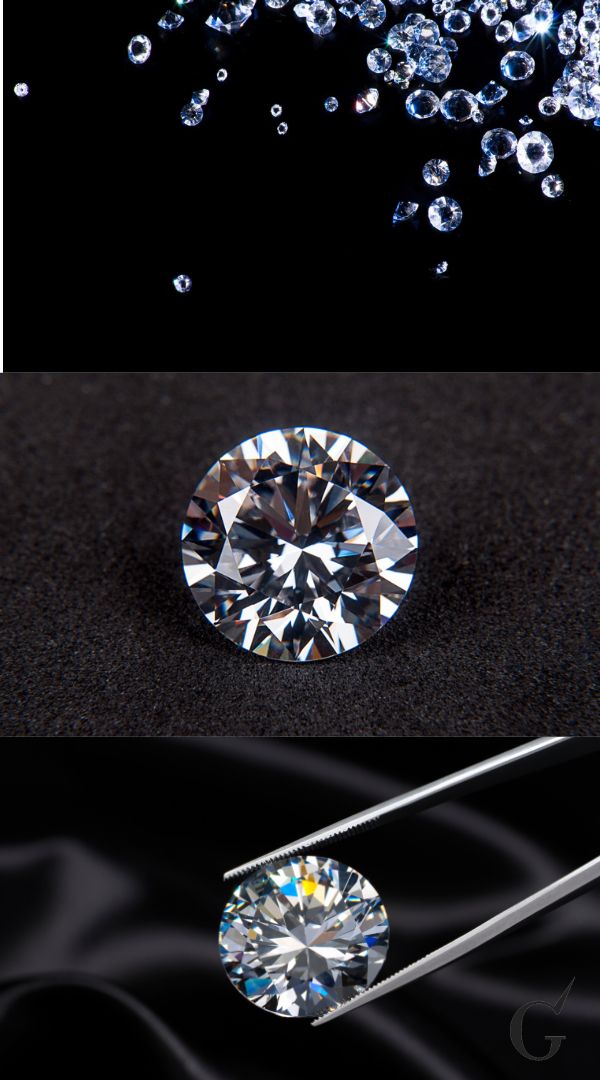What is the Difference Between a Diamond and a Diamond Simulant? Understanding the Gemstone World
Table of Contents
The Essence of a Diamond
 A diamond is a naturally occurring gemstone composed primarily of carbon atoms arranged in a crystal structure. It is formed deep within the Earth's mantle under extreme heat and pressure over millions of years. Diamonds are rated on the 4Cs—Carat, Cut, Color, and Clarity—which determine their quality and value.
A diamond is a naturally occurring gemstone composed primarily of carbon atoms arranged in a crystal structure. It is formed deep within the Earth's mantle under extreme heat and pressure over millions of years. Diamonds are rated on the 4Cs—Carat, Cut, Color, and Clarity—which determine their quality and value.
Unique Characteristics of Diamonds:
- Hardness: Diamonds are the hardest known natural material, scoring a 10 on the Mohs scale of hardness.
- Refractive Index: They have a high refractive index, which gives them their signature brilliance.
- Thermal Conductivity: Diamonds are excellent conductors of heat, a property that is unique among gemstones.
What is a Diamond Simulant?
A diamond simulant is a stone that looks similar to a diamond but has different physical and chemical properties. The most common diamond simulants are cubic zirconia and moissanite. These stones are engineered in a lab to mimic the appearance of a diamond but lack the natural diamond's hardness and thermal conductivity.
Key Features of Diamond Simulants:
- Affordability: Generally, diamond simulants are significantly less expensive than natural diamonds.
- Ethical Concerns: Since they are lab-created, diamond simulants are often considered a more ethical choice, avoiding the issues related to "blood diamonds."
- Visual Similarity: To the untrained eye, a high-quality diamond simulant can look almost identical to a natural diamond.
The Crucial Differences
- Composition: While diamonds are made of carbon, simulants like cubic zirconia consist of zirconium dioxide.
- Hardness: Diamond simulants score lower on the Mohs scale, making them more susceptible to scratches.
- Brilliance: Although simulants are designed to mimic a diamond's brilliance, they usually have a different refractive index and dispersion rate.
- Value: Natural diamonds generally hold their value over time, whereas diamond simulants do not.
Conclusion
Understanding the difference between a diamond and a diamond simulant is crucial for anyone in the market for a gemstone. While diamonds offer unmatched hardness and brilliance, simulants provide a more affordable and ethical alternative. Your choice will ultimately depend on your preferences, needs, and values.
By comprehending these distinctions, you can make an informed decision that aligns with both your aesthetic desires and ethical considerations.










